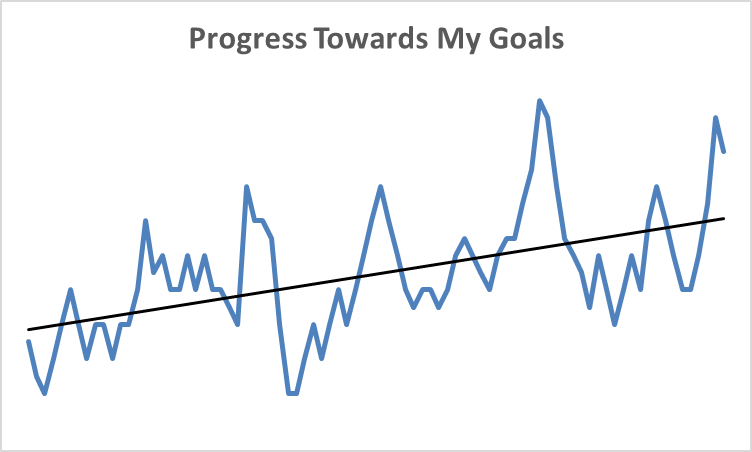One of my first attempts at discovery at the individual level was an effort to invent “the quick change method.” I had been reading self help books and listening to self help audio tapes for several years and had been disappointed with the results. I would read a self help book or listen to a set of tapes, and then attempt to implement the cognitive and behavioral changes that were recommended. This typically resulted in an improvement for a week or two and then a return to my previous thought and behavioral patterns. I did not seem to make any “real” progress. These books and tapes seemed to be kind of worthless. I decided that if I could develop some method to produce reliable change in a positive direction in a short period of time, I could get rich as a self-help guru. I decided to invent “the quick change method.”
After about ten years of effort, I took stock of what I had learned. I found that I had made considerable progress towards my goals. I was better adjusted, happier, and more productive. In the process of improvement, I had still gone through the ups and downs I had experienced previously, but the ups had been progressively higher and the downs had not been as low. I had taken a zig-zag path to progress. My path to reaching my goals had been something like the one shown below.

I realized with dismay that I had failed to achieve my original goal of inventing “the quick change method.” It had taken ten years of hard work and effort to make the positive changes I had made. My dream of inventing the quick change method had resulted in a colossal failure. I had invented the exact opposite! I had invented “the slow change method.” I could not envision anyone buying my self help book urging people to spend years of hard effort, experiencing many successes and failures, to achieve their goals. I abandoned this project and started looking for some other method to get rich. I did not realize until years later that I had actually learned something useful. Change is a zig-zag process.